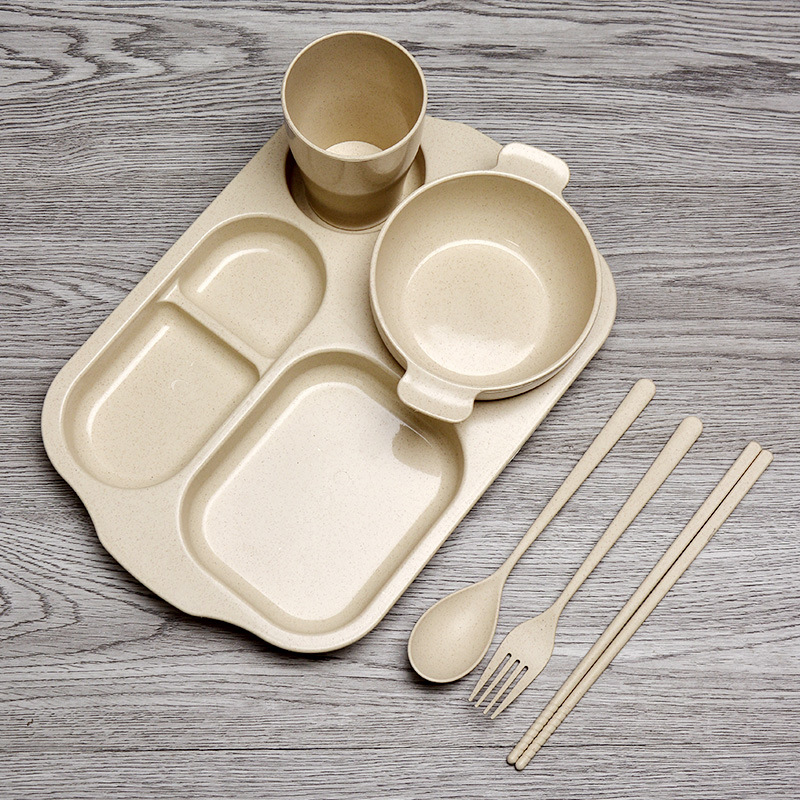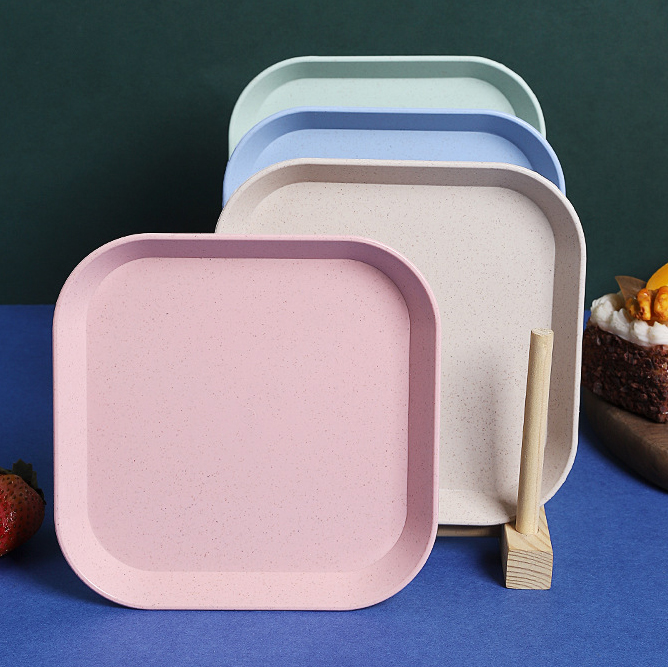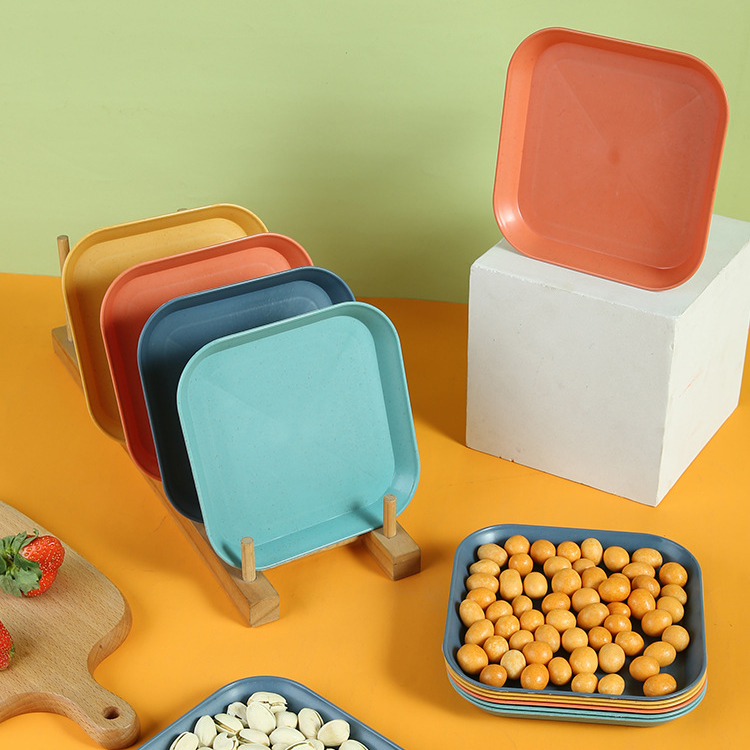At the policy level, countries are increasingly attaching importance to environmental protection, and environmental policies continue to tighten. The EU’s ban on disposable plastics has come into full effect, China’s ‘dual carbon’ goals are steadily advancing, and the penetration rate of biodegradable materials is constantly increasing. More and more countries and regions will follow suit and introduce policies to restrict the use of traditional plastic tableware and encourage the promotion of environmentally friendly tableware, creating a favorable policy environment for expanding the market of environmentally friendly tableware.

Consumer attitudes are also constantly changing. Currently, 67% of global respondents are willing to pay a 15% -20% premium for eco-friendly tableware, demonstrating consumers’ high recognition and support for eco-friendly products. With the popularization of environmental education, consumers’ awareness of environmental protection will further enhance, and the demand for environmentally friendly tableware will continue to rise. The penetration rate of environmentally friendly meal boxes in the field of educational catering channels and primary and secondary school nutrition meal delivery has increased by 8 times in three years, which is a good example.

Technological progress will also help expand the market size. On the one hand, the price of polylactic acid (PLA) tableware has decreased by 58% compared to 2020. The straw fiber molding technology has achieved large-scale production, reducing production costs and making environmentally friendly tableware more price competitive, attracting more consumers to purchase. On the other hand, cutting-edge technologies such as microbial synthesis of PHA have become investment hotspots, with an annual global patent application volume of over 2000. In the future, it is expected to generate more environmentally friendly tableware products with excellent performance and lower cost, and explore new market demands.

From the perspective of market application scenarios, catering takeout, airline food, and chain supermarkets are the main application areas of environmentally friendly tableware, with takeout packaging accounting for 62%. The food delivery industry continues to be hot, and fields such as aviation food and chain supermarkets are also constantly developing, leading to an increasing demand for environmentally friendly tableware. Cross border e-commerce also helps Chinese companies expand into overseas markets such as Southeast Asia, with an expected 340% increase in export volume by 2025, further opening up market space.
According to predictions, the global market size for environmentally friendly disposable tableware is expected to reach $27.873 billion by 2030, with a compound annual growth rate (CAGR) of 3.41%. The global market size for environmentally friendly pulp tableware is expected to reach $1.338 billion by 2030, with a CAGR of 12.6% from 2024 to 2030. Various signs indicate that the market size of environmentally friendly tableware has sufficient growth momentum in the future, and the prospects are very broad.
Post time: Aug-19-2025











